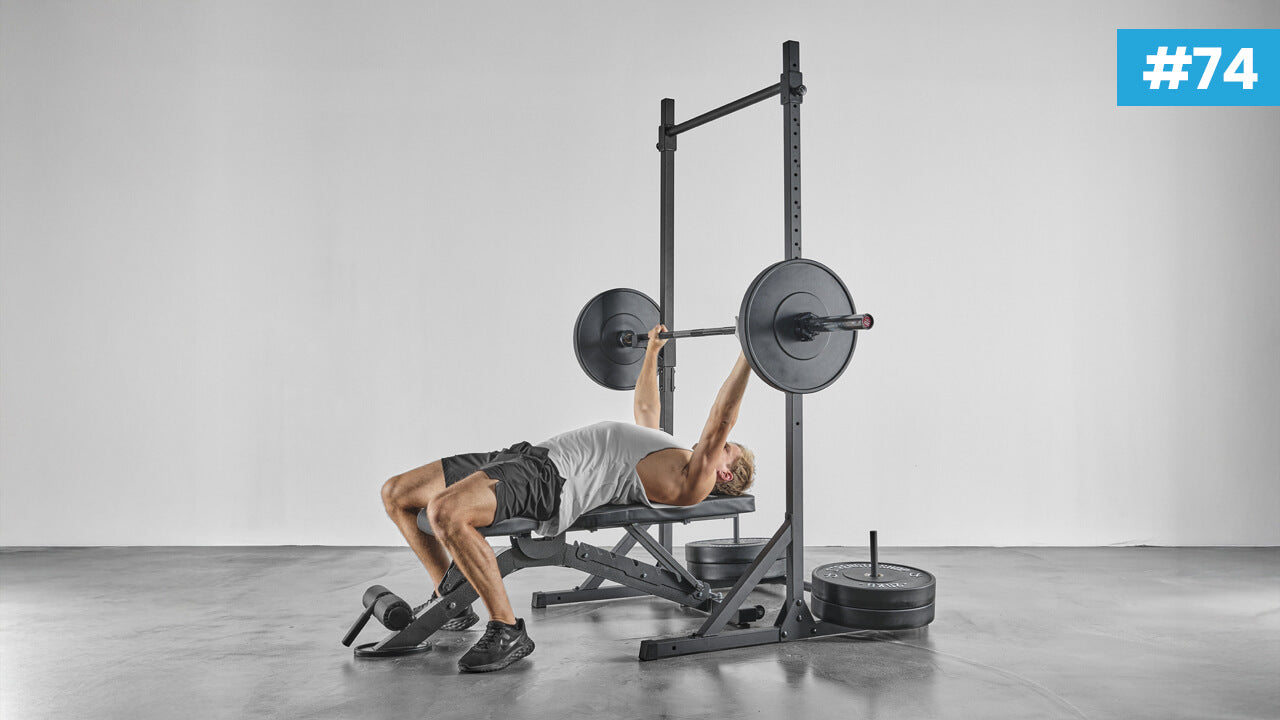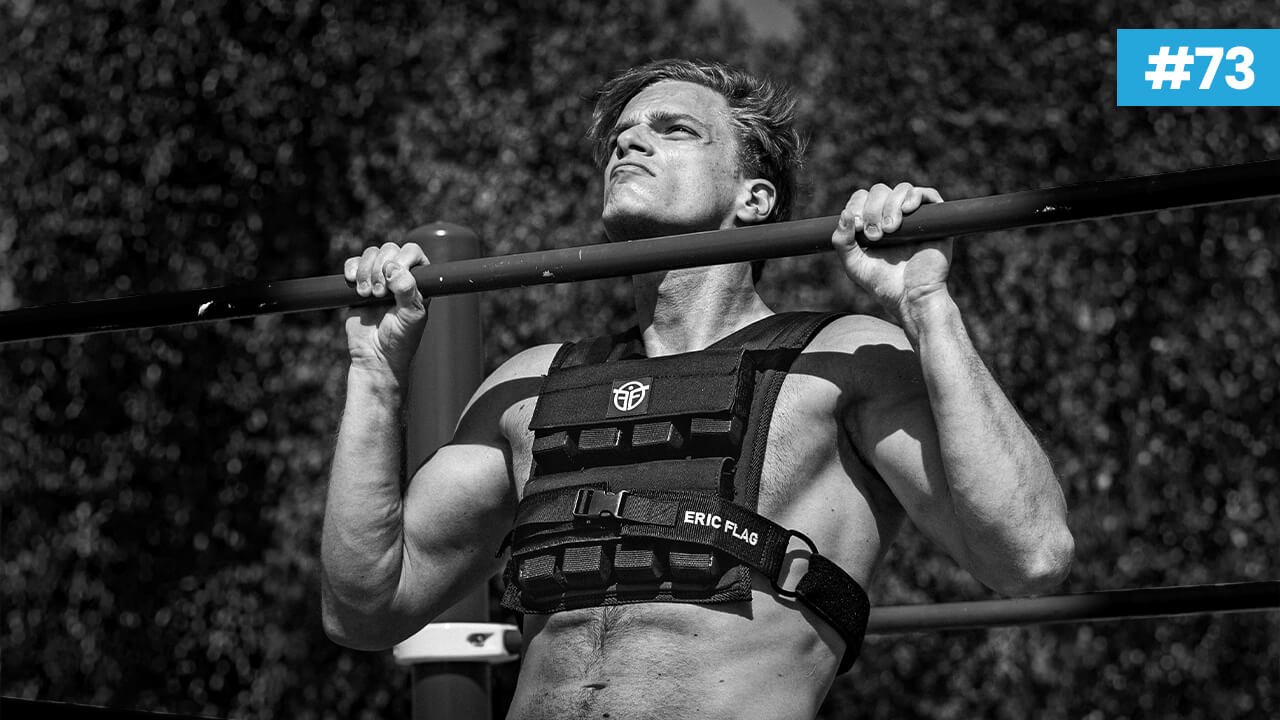How to do push-ups?
Hi there!
Want to know how to do the perfect push-ups to build your pecs, strengthen your triceps and avoid injury? You've come to the right place! With our top tips and techniques, you'll learn to perform them like a pro 🔥
Push-ups, a classic in bodybuilding, are often performed incorrectly. Here, we'll break down every detail to optimize your technique, explore variations and adapt the exercise to your level.
Ready to progress? Let's go! 💪
The importance of warming up your muscles!
The only real sticking point is probably the wrists. Don't hesitate to warm them up sufficiently before your workout, for example with some mobility movements on the floor and a few windmills.
You can do the same for your shoulders to prepare your muscles for push-ups.
Perfect pump positioning.
Let's start with the most important part, the initial positioning:
How to do push-ups Perfect execution
Check each repetition. Slowly lower down until your pectorals touch the ground, then raise up with your arms almost fully extended.
Don't let yourself fall. Maintain control throughout the movement. At the top, push the shoulder blades outwards to form a slight arc, and at the bottom, bring them back towards the center before opening them up again. This technique avoids the common mistake of a constantly hollowed back.
Keep the body straight. Like a rigid bar, it should neither bend nor collapse. Watch your hips for balance, and keep your head neutral.
Controlled breathing. Inhale on the way down, exhale on the way up to optimize muscular effort.
If push-ups are still too difficult, here are a few variations adapted to your level:
Inclined pumps

Incline push-ups are ideal for beginners. The higher the support, the easier the exercise, making it easier for you to progress.
Negative push-ups are also very effective. Slowly lower yourself down, controlling the movement, then pull yourself back up as best you can.
It's an excellent way to learn any weight training exercise in general, while mastering technique and muscle work!
 Negative pumps
Negative pumps

Knee push-ups are a good alternative, but pay attention to technique! Keep the body aligned without bending the hips, respecting the same principles of execution and muscular balance as a classic pump.
Pump on the knees

Now, when the classic pump becomes too easy for you, if you want to continue to gain strength and muscle, as well as improve your endurance, you're going to have to make the bodybuilding exercise more complicated.
There are several ways to do this: simply play with the incline, this time raising your feet for a more demanding variation of the exercise, but make sure that your shoulders and other muscles aren't the only ones being used!
In addition, you can do deeper and deeper push-ups using parallel bars or much more unstable variations such as on gym rings, which intensify the exercise and put more strain on your muscles.
Finally, you can aim for the one-arm version, an advanced variant of the exercise, by making the pump increasingly unilateral, which puts more strain on each muscle in isolation.
Single arm pump

Avoid injury: get the right equipment!
Push-ups tend to be painful for the wrists, affecting the execution of this exercise.
An excellent way to preserve them is to perform them on push-up handles, which improve technique and work the arm and shoulder muscles more effectively:

The principle of progressive overloading
To continue gaining strength and muscle, it's essential to apply the principle of progressive overload in your training. This means that, over time, you should increase the difficulty of your push-ups by adding reps, increasing the weight using a weighted vest or by trying more demanding variations.
This constant progression allows your muscles to adapt and strengthen effectively through well-planned sets.
If you liked this article and now know how to do push-ups, don't hesitate to share it or comment.
In the meantime, work well and take care of yourself!
See you soon,
Eric Flag






1 comment
Good article it brings me a lot
Jp
Jacquot
Leave a comment
This site is protected by hCaptcha, and hCaptcha's Privacy Policy and Terms of Service apply.